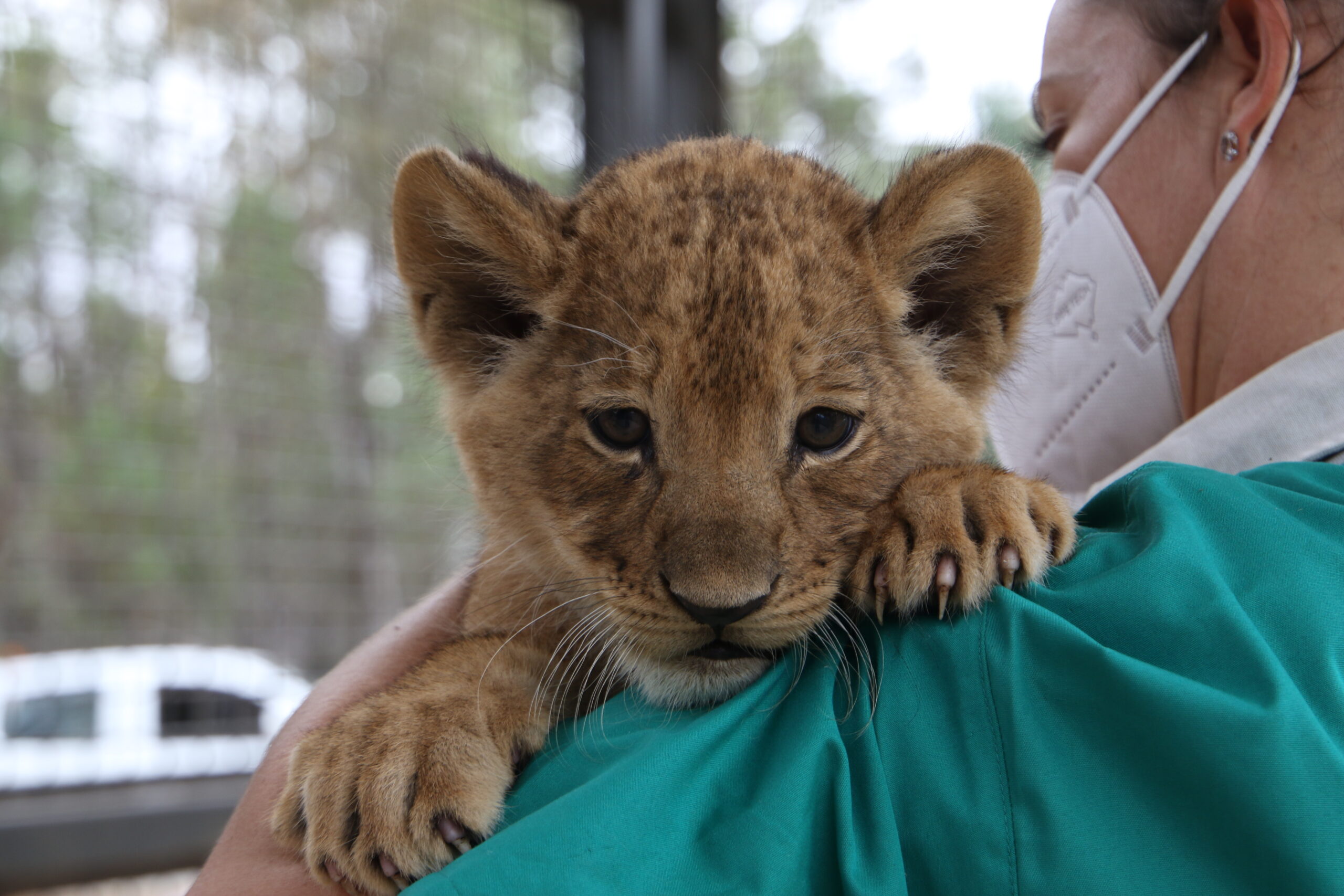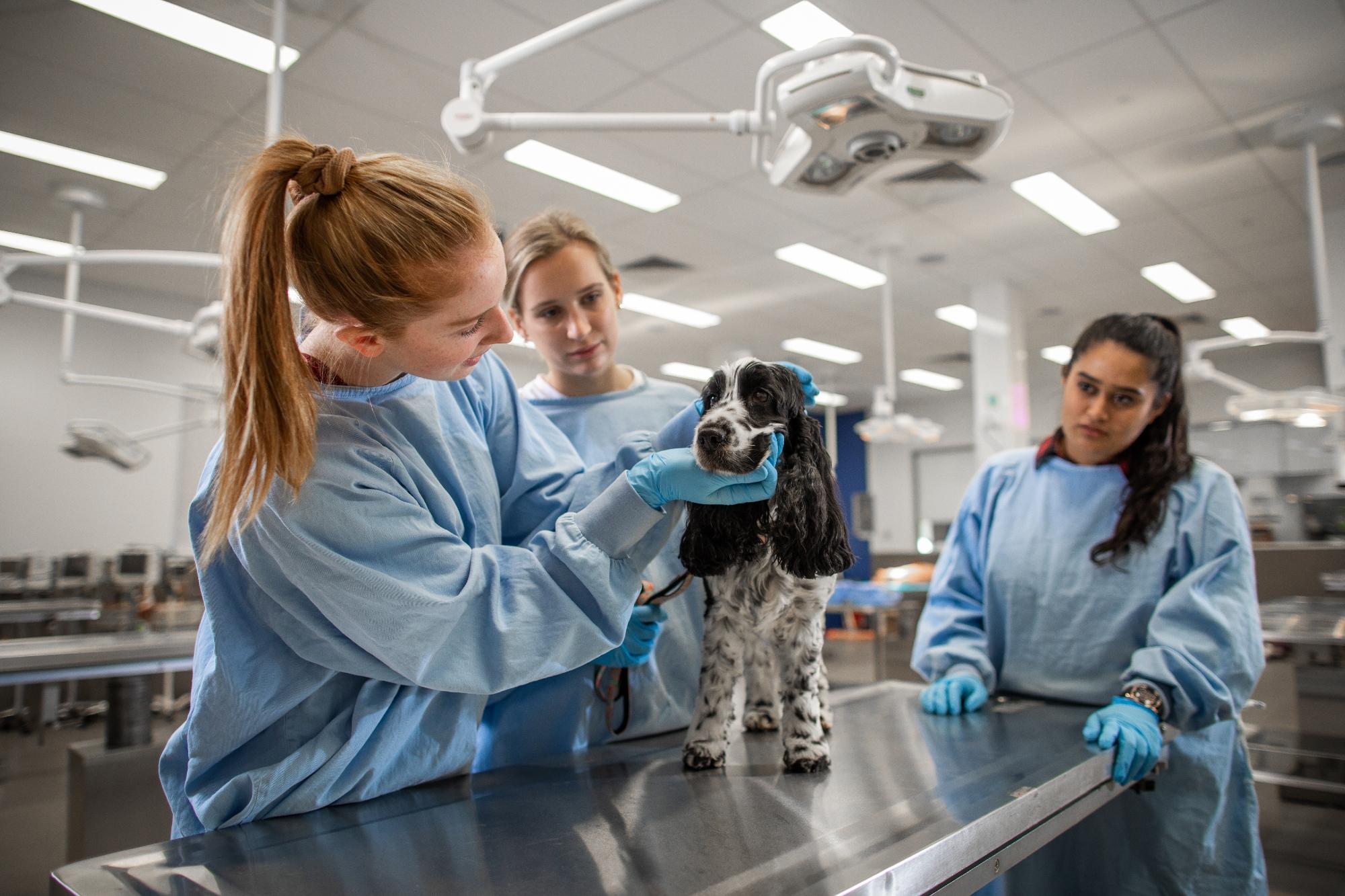Taronga Zoo is ending the year with good news all round. On October 4 – International Zookeeper Day – lion keepers at Taronga Western Plains Zoo in Dubbo, New South Wales, welcomed three lion cubs, born late in the evening.
“The cubs are doing really well, they’re hitting all their milestones,” zookeeper Melanie Friedman said.
“They’ve had their first quick vet check and we can confirm there’s two boys and a girl, their eyes are open and they’re all weighing in around five kilograms.”
African Lions are currently classified as vulnerable in the wild, and Marion was imported, along with her sister, Evelyn, from the United States in 2018, to introduce diversity into the zoo’s conservation program, providing a new genetic bloodline. October’s births were the second litter for the breeding pair, Marion and Lwazi, who last had cubs in April 2022.
In late November, the zoo announced it has released 15 endangered chuditch from Dubbo into Vulkathunha-Gammon Ranges National Park in South Australia.
Taronga’s conservation breeding program commenced in 2022, and in the eight months since, has since successfully bred 37 joeys, all of which the zoo intends to release back into the wild, a significant achievement given the species is now extinct in four states and territories.
“The mixed-age cohort of 15 individuals were carefully selected from the conservation breeding program to ensure we inject genetically robust and diverse individuals into the newly established wild population in South Australia,” Taronga Wildlife Conservation Officer Rachael Schildkraut said.
Chuditch are one of the top 20 priority mammals listed under the Federal Threatened Species Strategy with the species range reduced to five per cent of its former distribution.
The work is a collaboration between the Department for Environment and Water and Taronga Conservation Society Australia, with the released chuditch fitted with radio tracking collars to assist in ongoing research.
“While there are no quick fixes to rebuilding populations, VHF radio tracking collars will allow us to collect data, monitor changes to the ecosystem and carry out long term planning of how we can best sustain the species,” Department for Environment and Water’s Rob Brandle said.
JULIA GARDINER



